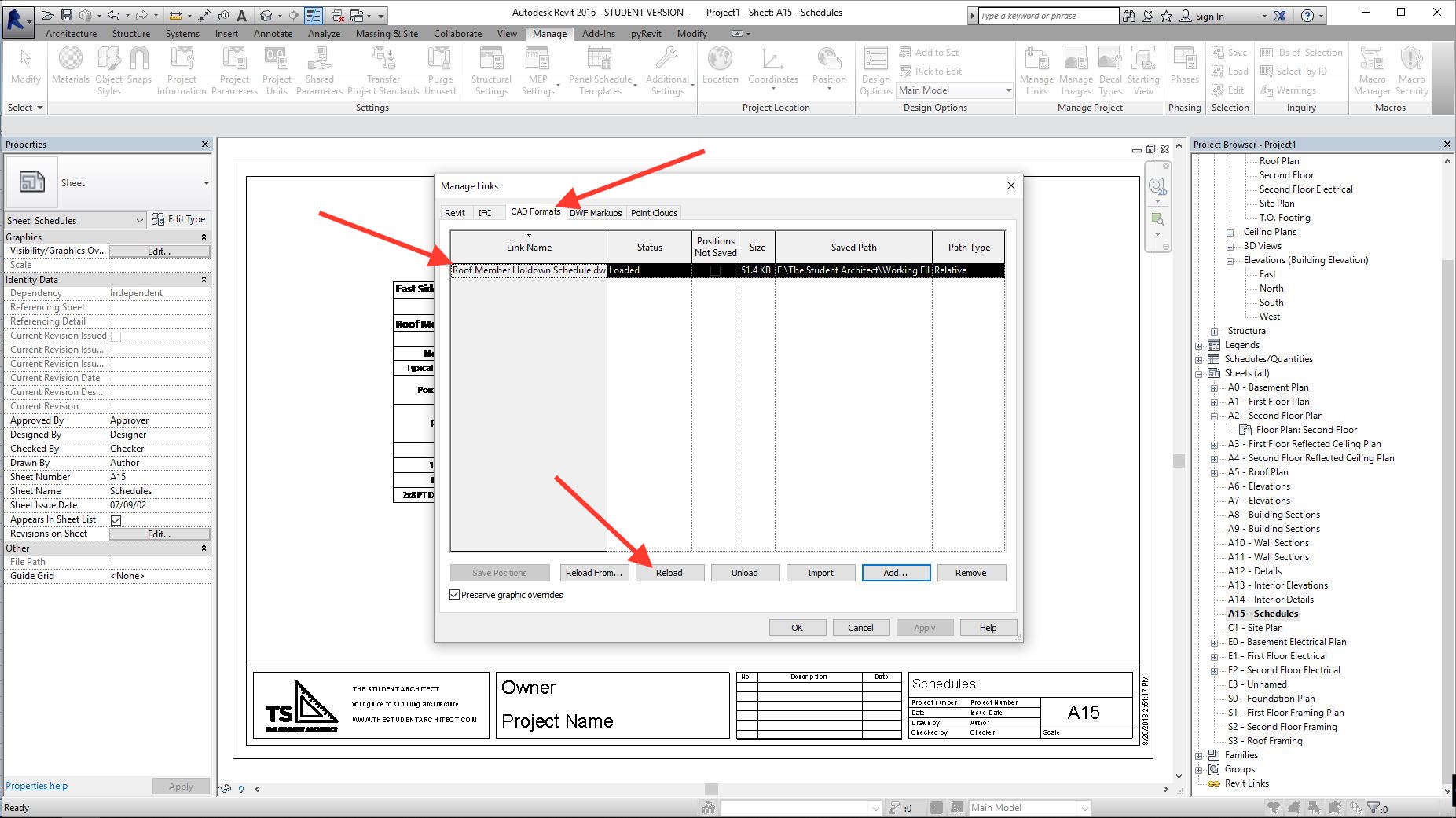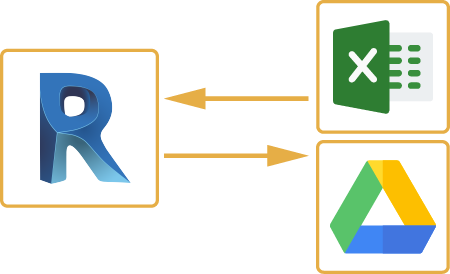Revit Plugins for Unleashing Your Layout Possible
Wiki Article
Revit Excel Assimilation Demystified: Streamlining Workflows for Enhanced Project Sychronisation
Look no further, due to the fact that Revit Excel Assimilation is right here to demystify the process and simplify your tasks. In this article, we will certainly direct you with the value of Revit Excel Integration, reveal you how to enhance workflows, and give best methods for effective assimilation.The Significance of Revit Excel Combination
You require to comprehend the significance of Revit Excel assimilation to efficiently enhance your process and enhance project sychronisation. The integration of Revit, a powerful building information modeling (BIM) software program, with Excel, a commonly used spreadsheet program, gives many benefits for architects, engineers, and building and construction specialists.

By integrating Revit with Excel, you can get rid of manual data access and decrease the risk of errors. This not only conserves time but also makes certain accuracy in your project documents. You can update information in Excel, and it will instantly update in Revit, preserving uniformity throughout your job.
Moreover, Revit Excel assimilation enhances task control by enabling reliable collaboration amongst staff member. With information synchronized in between Revit and Excel, everyone can access the most updated details and interact perfectly. This promotes smoother interaction, decreases conflicts, and enhances overall job effectiveness.
Just How to Streamline Workflows With Revit Excel Combination
Optimize your process by flawlessly connecting Revit and Excel to enhance your operations. By incorporating these two effective tools, you can enhance job sychronisation and enhance performance in your job. With Revit Excel integration, you can conveniently transfer data in between both platforms, permitting seamless interaction and partnership.

Another advantage of Revit Excel integration is the ability to develop custom-made reports and analyze data extra effectively. With Excel's robust attributes, you can execute advanced computations, produce graphs and charts, and generate detailed records based upon the data from your Revit designs. This enables you to get beneficial understandings and make educated choices throughout the job.
Enhancing Task Sychronisation With Revit Excel Combination
By seamlessly attaching your layout software application with powerful data analysis devices, you can considerably enhance the control of your projects. Revit Excel assimilation allows you to improve your process and boost task coordination by removing hand-operated information entry and reducing errors. With this assimilation, you can easily move data in between Revit and Excel, ensuring that all job information is up to day and accurate.Among the vital advantages of Revit Excel integration is the ability to import and export information in between the 2 software application perfectly. This indicates that you can easily import existing job data from Excel into Revit, conserving you time and initiative in re-entering info. Similarly, you can export project data from Revit to Excel, enabling you to do innovative analysis and estimations making use of the powerful functions of Excel.
Additionally, Revit Excel integration allows you to create vibrant links between the 2 software application (revit plugins). This means that any kind of adjustments made in Revit will immediately update in Excel, and the other way around. This makes sure that all job stakeholders are collaborating with one of the most updated information, boosting project control and lowering the danger of mistakes
Overcoming Obstacles in Revit Excel Combination
When getting over difficulties in the assimilation of Revit and Excel, it's vital to ensure smooth information transfer and reduce mistakes. One common difficulty is the compatibility of information styles between Revit and Excel.One more obstacle is the lack of synchronization in between Revit and Excel. It's essential to develop a clear operations that guarantees both systems are upgraded in real-time. This can be achieved by utilizing cloud-based cooperation tools or establishing a system for routine information syncing.
Dealing with large datasets can likewise be problematic. When it comes to taking care of large amounts of data, revit and Excel have various capabilities. To overcome this challenge, you can split the data into smaller, manageable pieces or utilize data filtering methods to concentrate on certain locations of passion.
Last but not least, human mistake can bring about disparities between Revit and Excel data. It is necessary to train staff member on the integration procedure and develop top quality control actions to capture any type of mistakes. Routine audits and cross-checks can assist determine and correct any inconsistencies.
Best Practices for Successful Revit Excel Assimilation
To make sure successful combination of Revit and Excel, it's important to comply with some best practices that will help enhance your workflow and lessen mistakes. Additionally, when connecting Excel information into Revit, guarantee that the information is clean and Read Full Article complimentary from any kind of format problems that can cause mistakes.One more important method is to routinely upgrade your Excel data in Revit. Make it a habit to examine and update the data at routine periods, especially when changes are made to the project.

Conclusion
So, there you have it - revit Excel assimilation does not need to be a difficult task. By improving your process with this you can try here powerful combination, you can enhance job coordination and attain better effectiveness. Bear in mind to conquer any type of difficulties that might arise and follow best methods for successful assimilation. With revit Excel integration demystified, you'll be well on your method to taking full advantage of the possibility of these tools and taking your jobs to new elevations.You can export your Revit routines to Excel, make modifications or updates in Excel, and after that import the upgraded data back right into Revit with just a few clicks. Revit Excel integration permits you to streamline your process and boost job sychronisation by eliminating manual information entrance and minimizing mistakes. With this assimilation, you can easily transfer information between Revit and Excel, ensuring that all task information is up to date and accurate.
You can export project information from Revit to Excel, allowing you to execute redirected here advanced analysis and calculations utilizing the powerful functions of Excel.
In addition, when linking Excel data right into Revit, make sure that the data is tidy and cost-free from any format concerns that can cause mistakes.
Report this wiki page